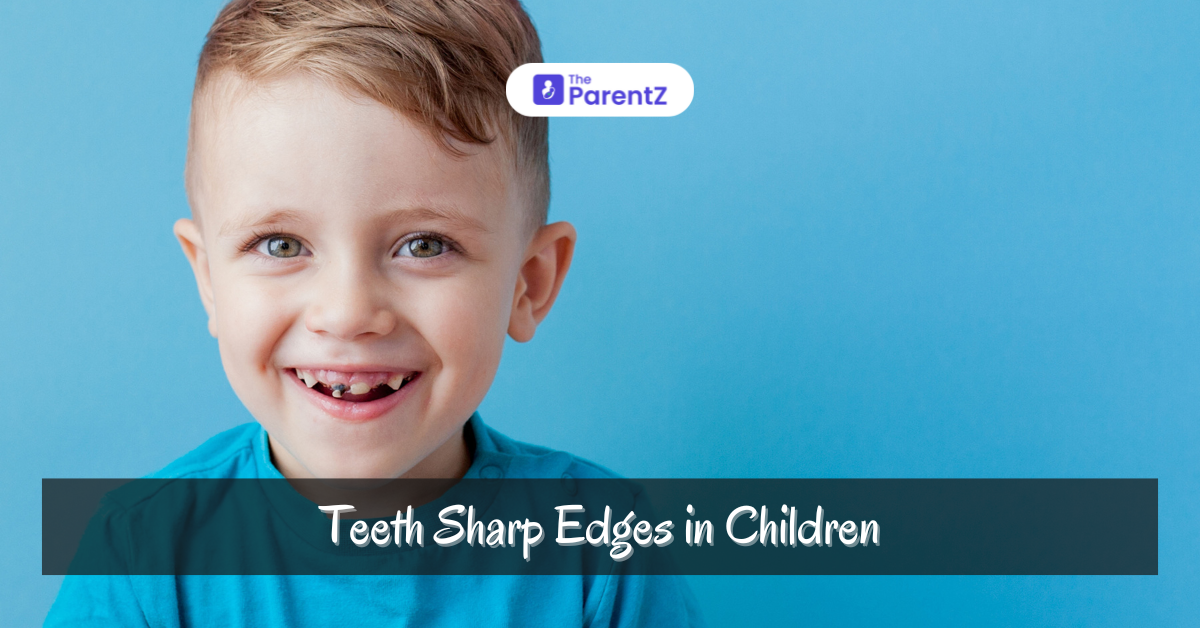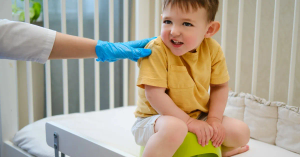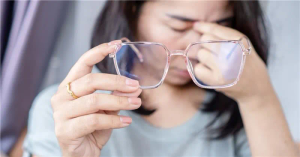Children’s teeth are incredibly sensitive and are subject to a wide range of dental problems as they grow. One such issue is sharp-edged teeth, which can occur in both baby (primary) teeth and adult (permanent) teeth. Whether caused by dental trauma, enamel defects, or natural wear and tear, these sharp edges can lead to a host of other issues if not addressed properly. Parents need to understand the causes, potential risks, and available treatment options to ensure their child’s teeth remain healthy and pain-free.
Causes of Sharp Edges in Children’s Teeth
There are several reasons why a child might develop sharp edges on their teeth:
1. Dental Trauma:
Accidents like falls or sports injuries are common in children and can result in chipped or broken teeth with sharp edges. These accidents are particularly prevalent in active children and can happen in an instant.
2. Enamel Hypoplasia:
This condition occurs when the enamel of the tooth doesn’t develop properly, leading to thin or incomplete enamel layers. As a result, the tooth is more prone to chipping and developing sharp edges.
3. Bruxism (Teeth Grinding):
Children who grind their teeth at night, a condition known as bruxism, can wear down the edges of their teeth. Over time, this can result in sharp edges or even fractured teeth.
4. Developmental Anomalies:
Sometimes, sharp edges on a tooth can be due to developmental issues, where the tooth does not grow in a regular shape. This can happen with both baby teeth and adult teeth, leading to discomfort when eating or speaking.
5. Erosion Due to Acidic Foods:
Frequent consumption of acidic foods and drinks can wear away enamel, causing the teeth to develop sharp edges. Children who frequently consume soft drinks, citrus fruits, or other acidic products are more at risk.
Risks Associated with Sharp Teeth in Children
Sharp teeth in children are not only uncomfortable but can also lead to several oral health problems if left untreated:
1. Injury to Soft Tissues:
Sharp edges can cut or injure the lips, cheeks, or tongue, leading to painful sores or ulcers. Continuous irritation from sharp teeth can cause persistent oral discomfort.
2. Increased Risk of Cavities:
Teeth with sharp edges are often more prone to cavities. The damaged area becomes vulnerable to decay as bacteria can easily lodge in cracks or fractures.
3. Orthodontic Issues:
Sharp or misaligned teeth may disrupt the development of a proper bite. In the long term, this can lead to misalignment of the jaws and other orthodontic problems that may require corrective braces.
4. Speech Problems:
Children with sharp-edged teeth might experience speech issues due to the discomfort caused by the sharp points. They may avoid certain sounds or movements of the tongue to prevent irritation.
5. Discomfort While Eating:
Sharp teeth can make chewing painful, especially if the child inadvertently bites their lips or tongue. This can lead to a reluctance to eat certain foods, ultimately affecting the child’s nutrition.
Treatment Options for Sharp-Edged Teeth in Children
Thankfully, several treatment options can help address sharp-edged teeth in children. Here are the most effective approaches:
1. Dental Bonding:
If a tooth is chipped or broken, a dentist can use a tooth-colored resin material to reshape the tooth and remove the sharp edge. This process, known as bonding, is non-invasive and can usually be completed in a single visit.
2. Dental Polishing:
For minor sharp edges, dentists can smooth them out using special polishing tools. This treatment is simple, painless, and effective for small issues.
3. Dental Crowns:
If the sharp edge is part of a severely damaged tooth, placing a crown might be the best solution. A crown covers the entire tooth, restoring both its appearance and function while preventing further damage.
4. Fluoride Treatment:
If the sharp edges are due to enamel hypoplasia or erosion, fluoride treatments can help strengthen the enamel and prevent further breakdown. Regular fluoride treatments can also reduce sensitivity associated with sharp-edged teeth.
5. Orthodontic Evaluation:
If the sharp edges are due to developmental anomalies or bite issues, an orthodontic evaluation may be necessary. Braces or other corrective devices may be recommended to ensure proper alignment and reduce the risk of further sharp edges developing.
Preventive Measures
To minimize the risk of sharp-edged teeth in children, parents can follow these preventive strategies:
1. Mouthguards for Sports:
Ensure your child wears a properly fitted mouthguard during sports activities to prevent dental trauma.
2. Regular Dental Check-ups:
Regular visits to the dentist can catch any small chips or sharp edges before they become a problem. Early intervention can prevent more serious dental issues.
3. Limit Acidic Foods and Drinks:
Encourage your child to limit their intake of acidic foods and drinks to prevent enamel erosion. Provide healthy alternatives such as water and milk to protect their teeth.
4. Teach Good Oral Hygiene:
Ensuring your child brushes and flosses regularly can help prevent cavities and other issues that can lead to sharp-edged teeth.
Conclusion
Sharp edges on children’s teeth can be more than just a minor annoyance—they can lead to significant oral health problems if not addressed. From injuries to enamel issues, there are numerous causes, but fortunately, modern dental treatments can quickly and effectively resolve the issue. By understanding the causes, risks, and treatment options, parents can help their children maintain healthy, pain-free smiles. Regular dental check-ups and preventive care are key to avoiding the discomfort associated with sharp-edged teeth and ensuring a lifetime of good oral health.






